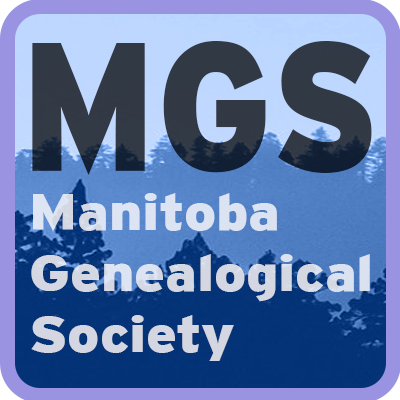Deciding Your Theme
What message would you like your story to tell? What will be its focus? Ask yourself: what stands out about the life of this particular ancestor and use that to tell that story.
I have one ancestor whose story horrified me because I am safely ensconced in the 21st century. She had a hard life of constant pregnancies, travelling across the Atlantic alone with a child, a husband who died shortly after she arrived in Canada, and the death of her children before a subsequent marriage to an older man with many children—all without speaking the language or understanding her rights to her former husband’s estate. In telling this story, my focus was not just her story, but the background of what life was like at that time. I included birth, marriage, death, but not in a chart. Those items were included within the context of seasonal changes, weather, economic times (the depression era) and so forth. It is not a long story, but clearly portrays the hardships of her life before her early death.
Maybe what stands out for you is the journey you had to find the information about that ancestor—the many brick walls and how you overcame them. I had a mystery of finding an ancestor’s gravestone and no one in my family knew anything about him—in fact they had never even heard of him even though he had come to Canada with their grandfather who they knew quite well. So that became a mystery story with the many avenues I used to find information and where I finally found information that opened up his story to me. So the focus was that ancestor, but the real story was where to search when you hit a brick wall.
Another viable option for telling your story is to focus the story around a document or a family story. I had one family story that was in our oral history, and one day I thought: Is that true? And proceeded to spend the next month trying to prove or disprove that story. It was an interesting journey of research and exactly the kind of thing that other genealogists like—a story about research options, what was found and where, and the final conclusion to proving the story.
Then there is a reminiscence type story. Your memories of Christmas past, or your first car, or when you met the Queen or your favourite rock star! Maybe it is a memory of when your house burned down. Maybe it is a memory of a parent or grandparent. These are all important stories and just because you are alive and telling a story about your life does not make it less valid that an ancestor’s story that you are writing about. To us, a personal recollection may seem boring, but if those kinds of things are of interest to you as genealogist, then they are interesting to all of us. In a generation or two, those “boring” stories about our life will be stories of wonder and insight. We invite you to write them and submit them!
What other ideas are there for finding a unique focus for telling your story? Your family story can be told around a photo or document. Maybe the family bible and its history is a good focus to use to tell your family story. If your family owned a business, an image of something from that business can be used as a focus for telling your family story around the story of that business and how it impacted their lives. The possibilities are endless.
When you think about your genealogy, imagine a relative asking: Have you found any interesting stories about our family? Tell that story as your first draft—then flesh it out with facts and details. That original story might only be two or three paragraphs. You can flesh out that story with a description of the family, adding in birth, marriage, deaths, where they lived, what they did for a living, and so forth, and that two or three paragraph story is now a perfect submission to the Generations journal.

